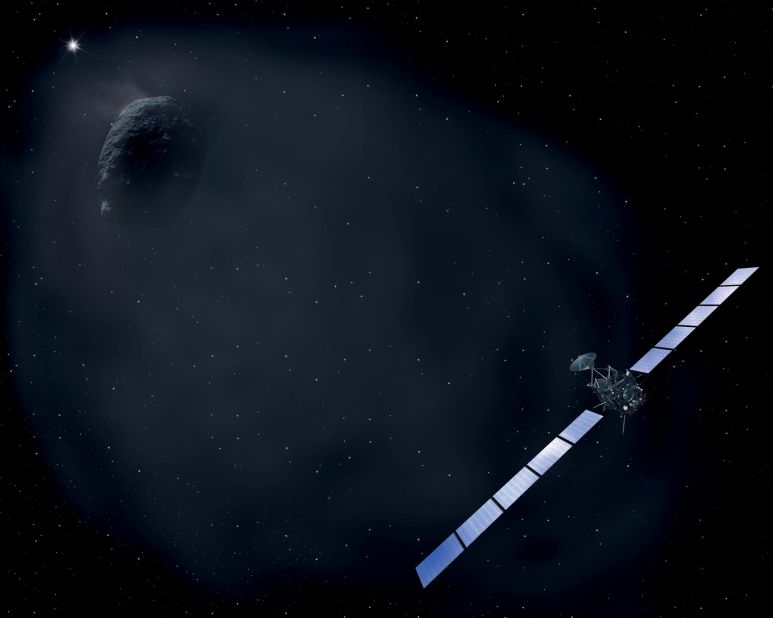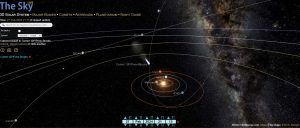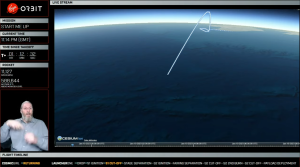The Rosetta Mission’s Space Discoveries After 20 Years
3rd Mar 2024
The Rosetta Mission was launched in 2004 by the European Space Agency (ESA) on 2nd March with the objective of improving our early understanding of the solar system. Over the decade it operated, Rosetta achieved remarkable milestones that included orbiting around a comet, flybys of multiple planets, and more. Let’s look at the five most remarkable achievements the spacecraft achieved during its lifetime as we celebrate its 20th anniversary.
1- Revealing a Comets Surprising Shape
One of the early discoveries of the Rosetta was the unexpected shape of a comet named 67P/Churyumov-Gerasimenko. Contrary to initial predictions, the comet appeared to have a shape with a “head” and a “body” that resembled something like a rubber duck in space. This revelation helped disprove primary theories around this celestial object and gave us valuable insights into the complex nature of comets.
2- Historic Comet Landing
On 12th November 2014, the Rosetta spacecraft successfully deployed the Philae lander onto the surface of the comet it had previously discovered. There were significant challenges during this landing, including an unexpected bumpy ending, but the lander was able to gather valuable data during its brief descent. This was an important event because it was the first successful soft landing on a comet, and the data collected helped us gain information on the scientific composition of the comet.
3- Discovering Essential Organic Elements
The instruments on the Philae lander helped us make another important discovery while analyzing the comet’s surface. Scientists were able to detect a diverse range of organic compounds, including carbon and nitrogen-rich molecules that are essential elements for life as we know it. These findings show us that other comets may have played a crucial role in seeding the Earth with necessary ingredients for life early on.
4- Finding the Comet’s Origins
Through extensive data analysis, we were able to find some information on the ancient origins of the comet 67P. The water isotopes found on the comet were significantly different from those found on Earth, and this indicated origins tracing back to the formation of the solar system. This new information indicates that comets like 67P might have originated from the cold regions of space, giving us a glimpse into our distant past.
5- Exploring the Interior Structure of a Comet
Rosetta’s tools, like the CONSERT experiment, helped us predict what the inside of a comet could potentially look like. By sending radio waves through the nucleus of the comet and tracking them, researchers were able to learn about important details like how porous and dense the comet is. This helped us figure out that the comet had a very loose and porous interior, which might have been due to it being formed gently with lots of small pieces coming together over time.
In the 20 years since the launch of the Rosetta mission, our knowledge concerning planetary formation, the origins of life, and the nature of comets has expanded significantly. These accomplishments not only shed light on the mysteries in our solar system but also lay the groundwork for upcoming missions of a similar nature.







Thank you for your comment! It will be visible on the site after moderation.